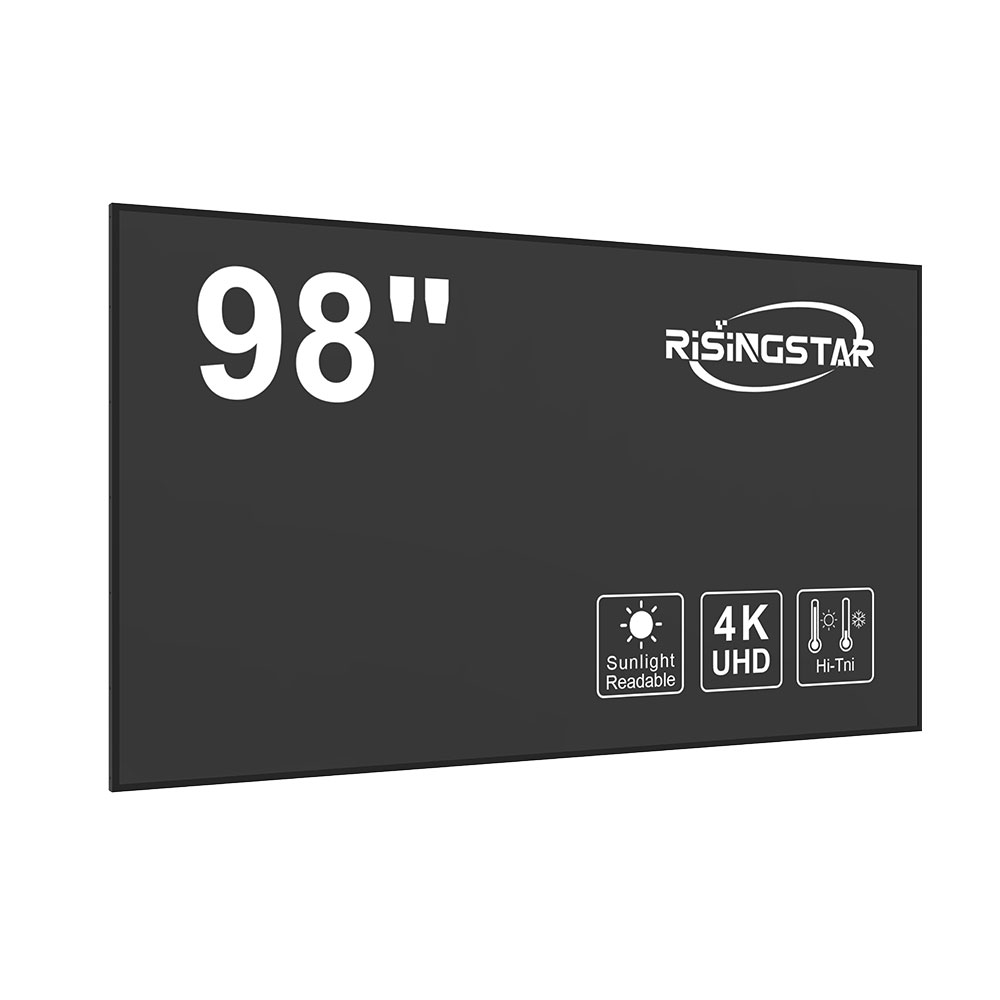- Home
- About Us
- Products
- News
- Video
- Contact
- Send Inquiry
Search
- Home
- About Us
- Products
- News
- Video
- Contact
- Send Inquiry

Outdoor high-brightness LCD displays have become a cornerstone of modern digital signage, transforming how businesses, cities, and public spaces communicate with audiences in real time. These screens are engineered to perform reliably under extreme environmental conditions—ranging from direct sunlight to sub-zero temperatures—and offer unparalleled visibility even in challenging lighting environments. According to the International Electrotechnical Commission (IEC), outdoor LCDs must meet minimum brightness standards of 5,000 cd/m² for full daylight performance, though many commercial-grade units now exceed 10,000 cd/m² to ensure clarity during peak sun hours.
One of the most prominent practical applications is in transportation hubs such as airports, train stations, and bus terminals, where dynamic flight or schedule updates are critical. For example, Heathrow Airport in London has deployed over 300 high-brightness LCD panels across concourses to display live boarding information, weather alerts, and emergency notifications—all while resisting ambient glare and humidity. Similarly, retail chains like Walmart and McDonald’s utilize outdoor LCDs for promotional content on store facades, boosting foot traffic by up to 27% according to a 2023 Nielsen study.
The advantages of outdoor high-brightness LCDs are numerous. First, they provide consistent image quality regardless of sunlight intensity due to advanced anti-glare coatings and polarization filters. Second, they support long-term reliability through IP65-rated enclosures that protect against dust and water ingress, making them suitable for coastal areas or regions with heavy rainfall. Third, energy-efficient LED backlighting reduces power consumption by up to 40% compared to older CCFL-based models—a key factor in reducing operational costs for municipalities and large-scale deployments.
However, common problems still persist. One major challenge is thermal management: excessive heat buildup in summer can cause screen degradation or pixel failure. Engineers address this using passive heat sinks, active cooling fans, and smart thermal sensors that adjust brightness dynamically based on ambient temperature. Another issue is maintenance—especially in remote locations—where regular cleaning and firmware updates are essential to prevent dead pixels or software lag. Case studies from Tokyo Metro show that implementing predictive maintenance via IoT-enabled monitoring systems reduced unscheduled downtime by 62%.

In terms of latest trends, manufacturers like LG Display, Samsung, and Sharp are integrating AI-driven content optimization into their outdoor displays. This allows adaptive brightness control, automatic contrast adjustment, and even audience detection through integrated cameras, enabling targeted advertising based on demographics and time-of-day patterns. Furthermore, the adoption of micro-LED technology is gaining traction for ultra-high-brightness applications (up to 15,000 cd/m²), offering superior color accuracy and longevity over traditional LCDs. As per a 2024 report by Grand View Research, the global outdoor digital signage market is projected to grow at a CAGR of 9.8%, driven largely by demand for intelligent, sustainable, and interactive outdoor displays.
These advancements underscore the growing importance of outdoor high-brightness LCDs not just as visual tools but as integral components of smart city infrastructure and real-time communication ecosystems worldwide.